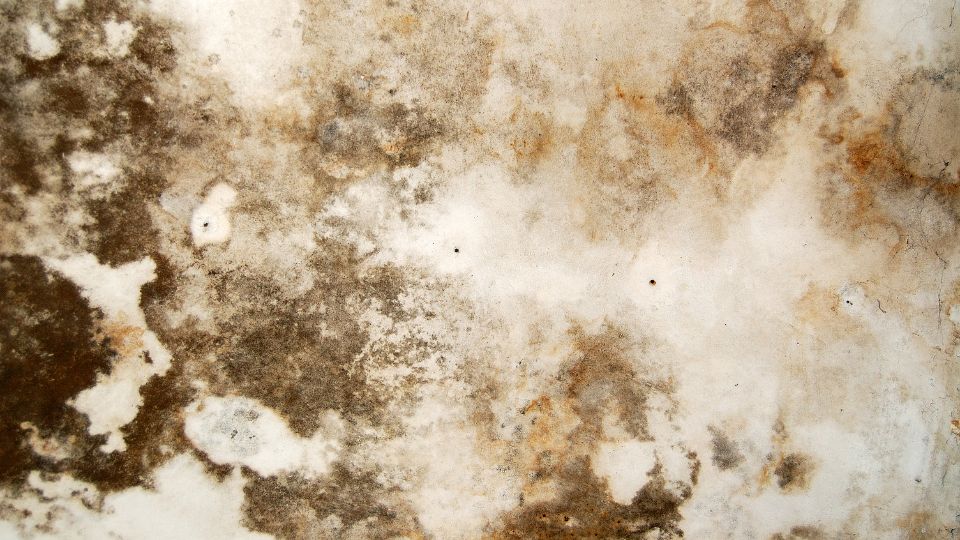Mold is a type of fungus that thrives in humid environments. The high levels of moisture allow mold to grow and spread so quickly. But what are the ideal humidity and temperature conditions for mold growth? And how can you prevent mold from growing in your home or office?
Read more: How To Prevent Mold?
We will discuss the optimal humidity and temperature conditions for mold growth and how to prevent it.
Reasons for Mold Growth
When it comes to mold growth, moisture is the critical component. Mold requires a relative humidity of 55% or higher and temperatures between 40 and 100 degrees Fahrenheit to survive and reproduce. Any area with these conditions is at risk of developing mold. Moisture can come from many sources, including floods, plumbing leaks, spills, condensation on cold surfaces, and rising dampness.
High temperatures can contribute to mildew due to humidity or moisture in the air. Homes with negative airflow are inclined to condensation, which presents hospitable surroundings for mildew spores to thrive. In warm climates, air conditioning and cooling structures create stipulations perfect for mildew increase as they can eliminate a lot of moisture from the air.
Mold can also grow in cooler temperatures if sufficient moisture is present. Mold spores often survive freezing temperatures, so an area that experiences extreme cold and high humidity can still be at risk of mold growth during winter.
What Temperatures Does Mold Like?
Mold prefers warm and humid climates but can grow from 40 to 100 degrees Fahrenheit. It is important to note that mold spores need a source of moisture to survive and reproduce, so even in colder climates with high humidity levels, the potential for mold growth exists.
Tips To Prevent Mold Growth
Mold needs moisture and the right temperature to survive and grow. Limiting the amount of moisture and maintaining proper temperatures within your home are essential to reduce the chance of mold growth.
1) Use Dehumidifiers
Mold wants moisture and temperature to grow, so one of the best methods to stop mildew is by controlling the humidity stages in your home. A dehumidifier can assist in maintaining your home’s humidity stage between 40-50 percent, which is the ultimate for stopping fungal growth. It’s integral to empty your dehumidifier’s water tank to forestall mildew growth.
2) Keep Your Home Clean
Mold thrives on moist, organic surfaces such as soil, wood, paper, and fabrics. Keeping these areas clean can help reduce the number of spores in the air. Regularly clean your home’s surfaces with an all-purpose cleaner, wiping down walls and floors to remove excess water—vacuum carpets and rugs regularly since they are a breeding ground for mold spores. Also, keep your gutters clear of debris so rainwater can drain away from the house properly.
3) Ventilate Your Home
Mold needs moisture and warm temperatures to grow, so good ventilation prevents mold growth. Ensure all your doors and windows have weather seals to prevent excess moisture from entering your home. In addition, use air conditioners and exhaust fans to cool down the environment and keep humidity levels low.
Following these steps can help prevent mold growth and keep your home healthy. Call Mold-B-Gone Remediation for the best mold specialist in Atlanta. We specialize in mold removal and can inspect your house for potential issues to give you peace of mind. Contact us today to get started!

